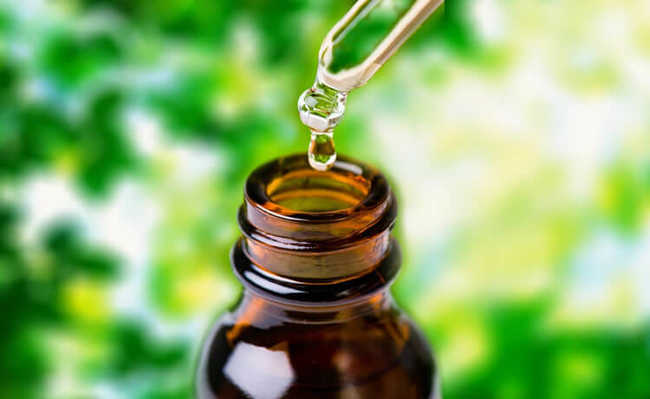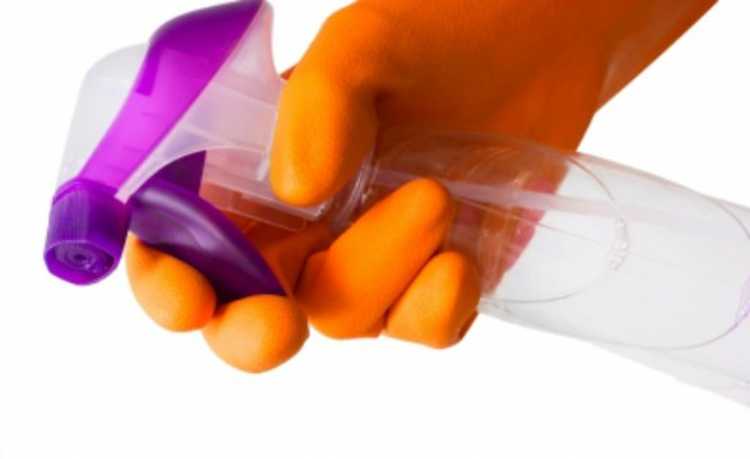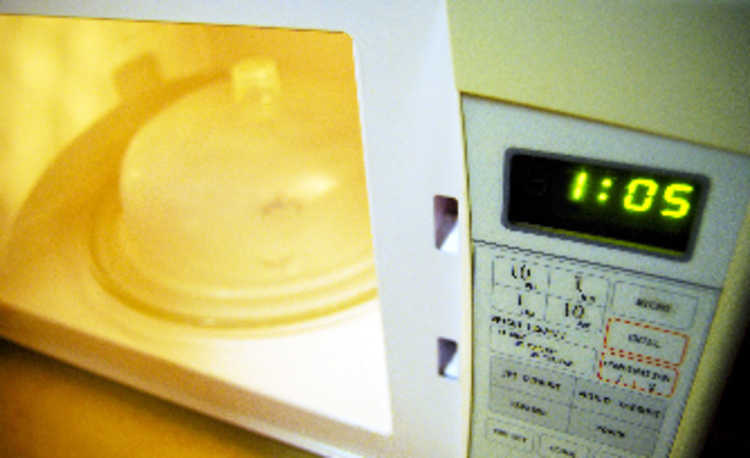Know the care necessary to buy or store essential oils
Know the precautions that need to be taken to avoid acquiring adulterated essential oils

Essential oils have different applications: aromatherapy, cosmetics, cleaning, medicinal use, etc. They are extracted from leaves, roots, seeds, fruits, flowers and plant trunks by processes such as cold pressing and different types of distillation. To acquire them safely, it is necessary to be aware. Some brands dilute essential oils in carrier oils (fatty fixed oils) without indicating this on the label, or sell synthetic essences as if they were natural essential oils - others do not take proper storage care. Therefore, it is essential to be careful with essential oils and especially when buying your oils from a reputable company and take some precautions.
Storage care
Its many rich compounds are photosensitive. This means that in contact with light they easily degrade and lose their therapeutic properties. For this reason, they must not be purchased in a transparent package. The most common is that they are stored in amber-colored glass vials, or cobalt blue. Plastic containers are not ideal.
According to a study, most essential oils have a shelf life of two years. But this varies with the oil; citrus, for example, must be used within a year of its manufacturing date. Essential oils diluted in carrier oils are only valid for a few months.
Essential oils should be stored in cool places (18°C) and, when stored for a long period of time, it is ideal to keep them in the refrigerator. They may solidify but will return to a liquid state at room temperature.
Cautions when buying your essential oil
The cost of natural oils is higher than that of synthetic essences (learn more about the risks of synthetic fragrances). However, the quality is also superior and they last longer on the skin when used in perfume or massage. The price can also vary according to the oil yield during the extraction process. For example, to obtain a liter of rose oil, one to three tons of petals are used, which is equivalent to one hectare of rose planting. To get a liter of oil from Eucalyptus globulus, approximately 30 kg of sheets are required.
A genuine essential oil is 100% natural as no synthetic product or additive is added; 100% pure as no similar essential oil is added; 100% complete, it is not discolored or de-pertenized (a method that removes terpenes from the essential oil).
Some oils are often blended with other hybrids. Lavender, for example, is often mixed with so-called lavender to get a cheaper oil; or in the case of rose oil or melissa oil, which are very expensive and are sometimes mixed with other oils to make the final product cheaper. But the packaging must always have the essential oil concentration information and the name of the components. These dilutions have their uses, but the label must clearly indicate this dilution so as not to harm the consumer.
Counterfeits are frequent due to the low volume of essential oil that can be extracted from a plant and the high demand for these products in aromatherapy. However, the lack of quality of these compounds influences the pharmacological effect and may pose risks to users.
Some methods used in the counterfeiting of essential oils include the addition of inexpensive synthetic compounds such as grain alcohol, blending with lesser value oils, etc. Some oils sold as pure are blended with mineral oils and synthetic essences.
Check that the label has the following information
- Scientific name (botanical);
- Part of the plant used for extraction;
- Country of origin;
- Extraction process;
- Composition;
- Date of filling or extraction and expiration date;
- Product batch number;
- Company/Manufacturer Name and Registration.
When buying an essential oil, make sure the label has the scientific name. Most synthetic essences do not have the botanical name on the bottle. Furthermore, the scientific name can avoid confusion between different species that have the same popular name.
The origin of the essential oil can be another factor to identify, synthetic essences do not state the country of origin on the label. Essential oils must be registered with the National Health Surveillance Agency (Anvisa).
A pure oil has in its composition only the scientific name of the plant with the term oil added at the end. E.g.: Lavender essential oil - Scientific name: Lavandula officinalis – Composition (comp): Lavandula officinalis flower oil. If the lavender essence label displays the information "Lavandula officinalis flower oil and Mineral oil”, means that the product is not pure, as it is diluted in mineral oil.
Most essential oils do not have strong coloring, if this occurs it is because colorants have been added. The usual colors range from transparent to light yellow, with some exceptions, such as German chamomile oil, which has a bluish color (due to the camazulene); or mandarin, orange and oregano oils which are orange in color; patchouli, cinnamon bark and vetiver oils which are brown in color; and Himalayan cedar and bergamot, which have a greenish color.
Essential oils have a characteristic aroma, and products with an alcohol odor or corn and sunflower oil are likely to be adulterated or decaying and should not be used.
The important thing is to buy essential oils according to your need and store them with caution. For medicinal purposes, pure essential oil is recommended. But for massages or air flavoring, it's not necessary to be so strict. Knowing these tips, it will be more difficult to buy a product by mistake and run the risk of harming your health.Learn more about essential oils and find out where to buy natural essential oils.










